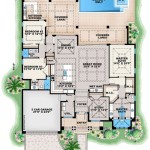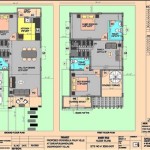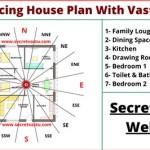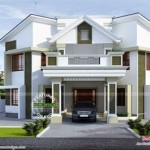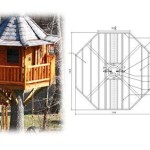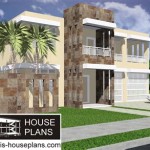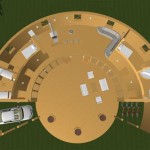Essential Aspects of Energy-Efficient Greenhouse Plans
Creating an energy-efficient greenhouse is crucial for optimizing plant growth while minimizing operating costs. Here are some essential aspects to consider when developing your greenhouse plans:
1. Greenhouse Orientation and Design:
The orientation of your greenhouse plays a vital role in energy efficiency. Situating it facing south or southwest maximizes sunlight exposure during the day. Consider a lean-to greenhouse attached to an existing building to utilize the thermal mass of the structure for insulation.
2. Greenhouse Insulation:
Insulating your greenhouse is essential for maintaining a stable temperature. Double-glazed windows or polycarbonate panels provide excellent insulation. Consider installing thermal blankets or curtains to further reduce heat loss during nights and cloudy weather.
3. Ventilation and Air Circulation:
Proper ventilation is crucial for maintaining air quality and temperature control. Ridge vents, louvers, and fans facilitate air circulation, removing excess heat and humidity. Natural ventilation through open windows can be supplemented with mechanical ventilation during peak hours.
4. Shading and Lighting:
Shading is essential during summer months to prevent overheating. Internal or external shading systems can be installed to control the amount of sunlight entering the greenhouse. Artificial lighting, such as high-pressure sodium (HPS) lamps or light-emitting diodes (LEDs), can extend daylight hours for optimal plant growth.
5. Heating and Cooling Systems:
Heating and cooling systems may be necessary for maintaining optimal temperatures year-round. Consider energy-efficient options such as geothermal heat pumps, solar panels, or passive solar heating systems. Passive solar heating utilizes building design and materials to capture and store heat from the sun.
6. Water Conservation:
Water conservation is crucial for both environmental and economic reasons. Utilize rainwater harvesting systems to collect and store rainwater for watering plants. Utilize drip irrigation or soaker hoses to minimize water evaporation and optimize water delivery to plant roots.
7. Building Materials and Energy-Efficient Technology:
When constructing your greenhouse, choose energy-efficient building materials such as insulated panels or double-glazed windows. Incorporate renewable energy sources such as solar panels or micro-hydropower systems to generate electricity and reduce your reliance on the grid. Consider the integration of energy-saving technologies, such as motion sensor lighting or variable-speed fans, to further optimize energy consumption.
By incorporating these energy-efficient aspects into your greenhouse plans, you can create a sustainable and cost-effective environment that promotes optimal plant growth while minimizing your environmental impact.

Eco Design Energy Efficient Homes Greenmatch Co

21 Green Homes Energy Efficient Home Designs Ideas House Plans Design
This Entirely Customizable Dwelling Unit Raises The Bar In Energy Efficient Green Home Market Place Plans By Leap Adaptive

Energy Efficient House Plans Developed By The Architects

Green Building 101 Energy Atmosphere Keeping Cool And Staying Warm Passive Solar Design Homes

The Features That Are A Must Have In Green House Shire Shores

Green Building Elements Design Build Custom Home Builder Greenville

Contemporary Energy Efficient Isometric Eco House Cross Section And Room Interiors Infographic Wit Homes Design Passive

Green Passive Solar House Plans 3

1 Green Home Builder Luxury Market Diamante Homes


